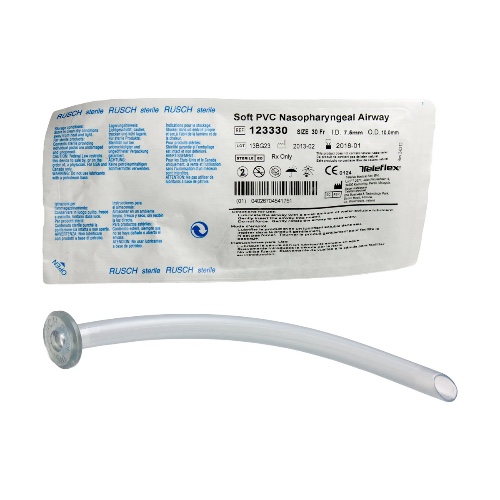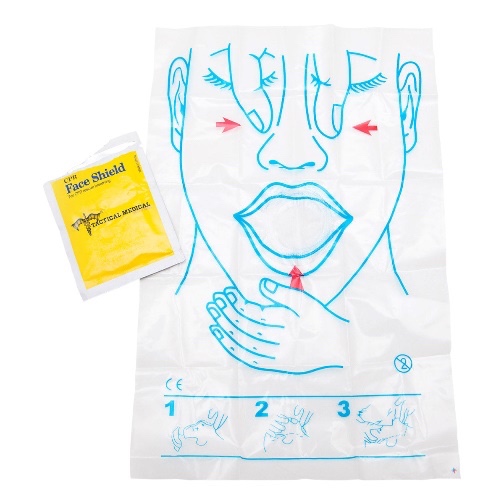The letter A in our MARCH algorithm stands for Airway. When discussing airway in MARCH, we also lump breathing into it (probably because MABRCH doesn’t sound right…). Contrary to the more common civilian equivalent treatment algorithm, known widely as the ABCs (which stands for Airway, Breathing, and Circulation), the MARCH system places life-threatening bleeding as its primary focus before any airway issues.
But why? Quite simply, you can go without oxygen for a far longer time and survive than you can with a life-threatening bleed. For example, in 2016, Aleix Segura Vendrell of Spain held his breath for an impressive 24 minutes and 3 seconds while floating in a pool. While this time drastically exceeds what most could achieve, it illustrates the cardiovascular system’s fantastic ability to use and circulate oxygenated red blood cells efficiently. Since these red blood cells live in our blood, and they are the body’s mechanism for carrying oxygen in your body, we must be hyper-vigilant in keeping as many of them inside of an injured person as we can!
After we have controlled any life-threatening bleeding, what can we do for an injured person’s airway and breathing? First, we want to make sure that the airway has no obvious obstructions, is open, and in a position that allows air to pass easily. The technique you use to open the airway depends on the circumstance you find yourself in and what level of training you have, but here are some basic methods:
• First, check to see if the person is breathing! Is the person alert or talking? If yes, that’s easy; they are!
• Look at the person’s chest to see if we can observe it rising and falling.
• If the person is not breathing and is unresponsive, we can do basic airway techniques to open the Airway, like the head tilt chin lift technique or the jaw thrust technique if you suspect a neck or spine injury.
• Place the person in the recovery position.

Some more advanced techniques allow the higher trained provider to secure the airway. These devices and methods “secure” the airway by ensuring that the patient’s airway will remain open for them to continue breathing on their own or allow you to breathe for the patient if you need to. Most of these devices require advanced training and certification to use. Still, the Nasopharyngeal Airway (aka an NPA, nose hose, or nasal trumpet) can be taught relatively easily to less trained rescuers. Some of the airway securing devices and methods available for advanced providers:
• Nasopharyngeal Airways (NPA)
• Oropharyngeal Airways (OPA)
• Endotracheal Tubes
• Supraglottic Airways (I-Gel, King Devices, LMA’s)
• Surgical Airways (TacMed Surgical Airway Kit, Cric Key)

Once the airway is secured or opened, the two most common techniques for assisted breathing or breathing for your patient include:
• Rescue breathing with a face shield (commonly taught in CPR)
• Using a device like a Bag Valve Mask (BVM)
These methods use positive pressure to push air through the airway and into the injured person’s lungs to help oxygenate red blood cells. Those same red blood cells we worked so hard to keep inside of the victim during the M portion of a MARCH! Ultimately, stopping life-threatening bleeding in the M portion of MARCH, opening the airway, and breathing for the victim (if needed) in the A portion, equip our patient with the best chance for a positive outcome.
For more airway product information, check out tacmedsolutions.com/collections/m-a-r-c-h-tccc/airway.

